Best Cash Cows to Buy
These cash cows and their bulletproof balance sheets are built to weather Wall Street's and Main Street's prevailing storms.
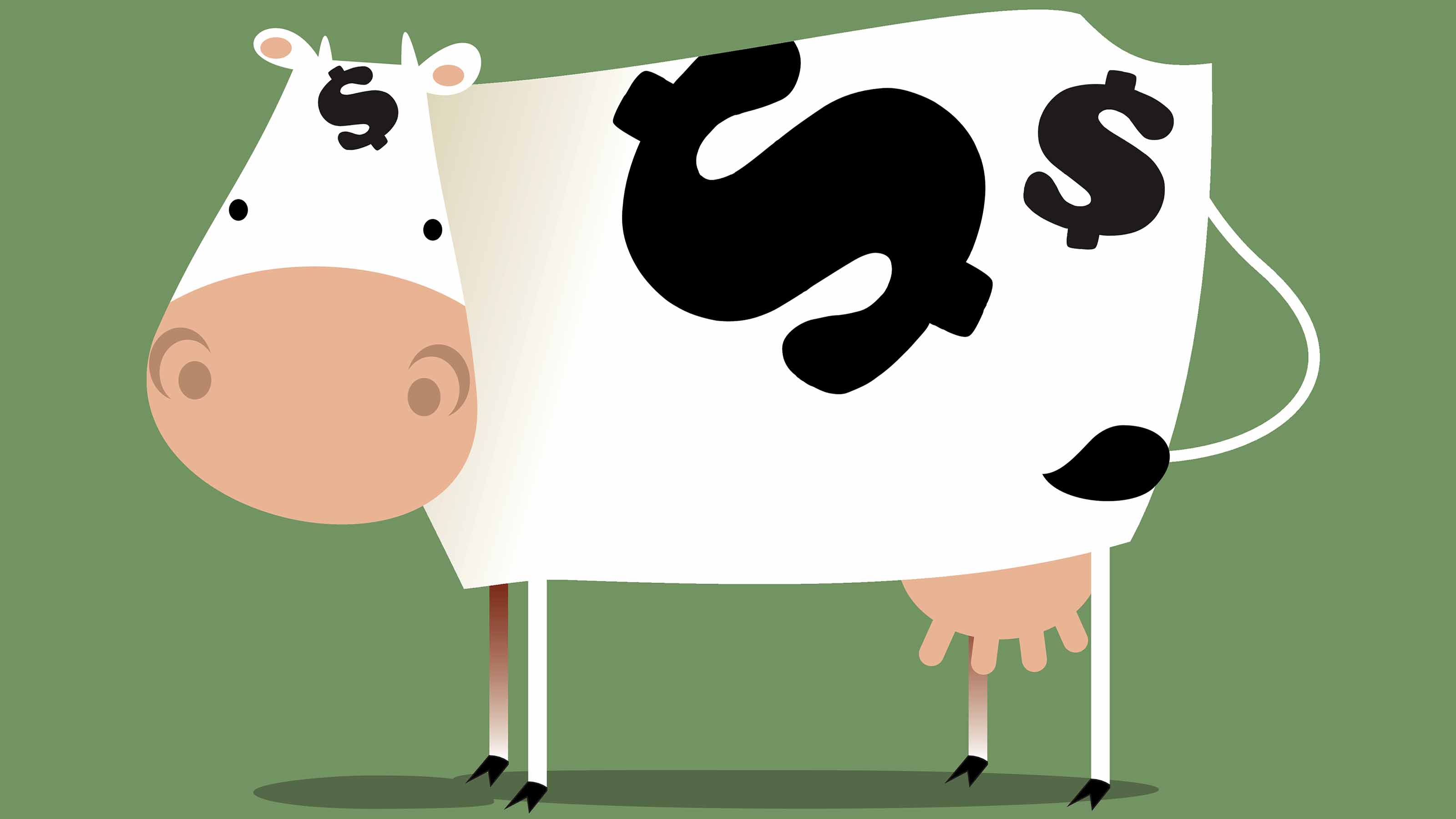

There are many ways to measure stability on Wall Street. For you and me and other individual investors, it's a basic question of identifying the best cash cows to buy.
Some market participants prioritize metrics such as the value of a company versus its underlying assets to make sure they're not overpaying for shares. Others seek steady operating cash flow: money comes in steadily and substantially, fueling growth and sustaining a solid business footing.
But value stocks can sometimes be value traps. Cheap stocks are often cheap for good reasons. Often, they do get cheaper.
At the end of the day, there really is only one measure of how stable a stock is: cold, hard cash on the balance sheet. That's the best indicator of a high-quality business and a solid stock to buy for the long term.
High-quality cash cows
"The global economy is poised to accelerate in 2026," write UBS Global Research strategists in their 2026-2027 markets outlook. "Business and consumer confidence has improved, the global credit impulse has turned positive, and we expect several major advanced economies to benefit from additional fiscal stimulus."
But first, the group expects "a soft patch," as tariffs feed through to prices and exports, though they believe "high-quality stocks should outperform."
The following cash cows have resources that equip them to weather a downturn and to grow their businesses at the same time.
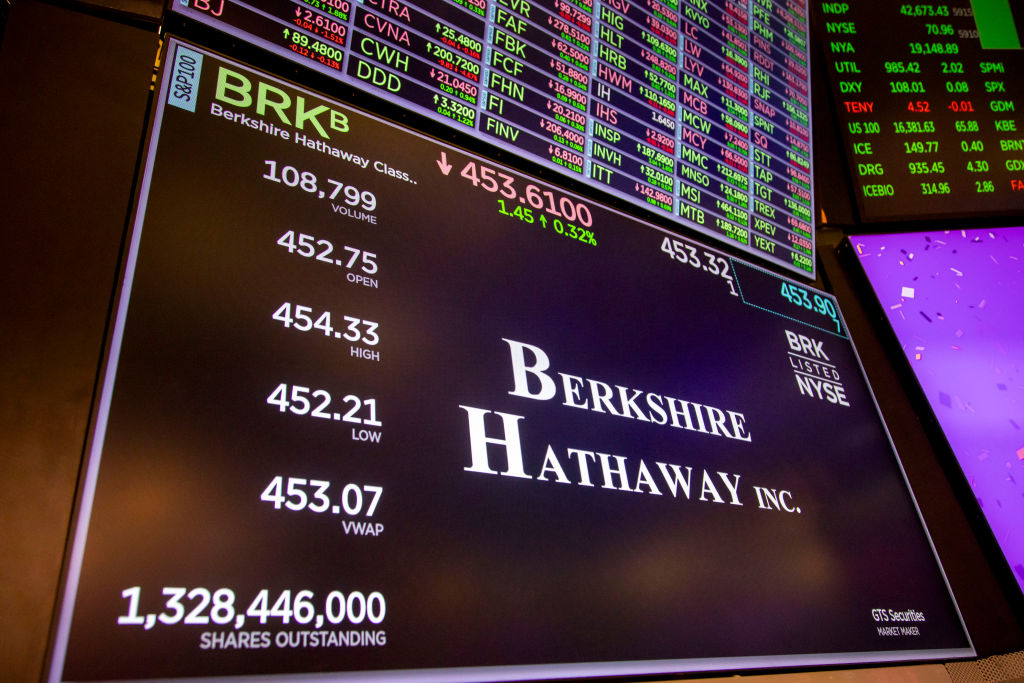
Berkshire Hathaway
- Sector: Financials
- Market value: $1.10 trillion
- Cash on hand: $381.7 billion
Berkshire Hathaway (BRK.B) is closely watched by many investors for many different reasons. Warren Buffett and his folksy shareholder letters have had down-to-earth market wisdom. The firm's reputation for shrewd investment means its filings are closely watched as an indicator of what stocks the smart money is watching.
Lately, however, BRK.B has been attracting interest because of how much money it has on the sidelines. At the start of 2024, the company boasted roughly $167.6 billion in cash and short-term investments to set a company record.
If that wasn't enough, Berkshire Hathaway's cash stockpile roughly doubled across the year to a staggering $334.2 billion at the end of 2024 and to $381.7 billion by September 2025, according to the company’s Q3 earnings report. The build-up in Berkshire's cash reserves reflects Buffett's experience and his current perspective.
During the 2008 global financial crisis, the company made tremendous use of its stockpile through shrewd and well-timed transactions. At the same time, with volatility and uncertainty spiking, the company may simply not want to risk making a bad move.
Either way, the strong balance sheet makes BRK.B a pretty darn reliable cash cow for the foreseeable future.
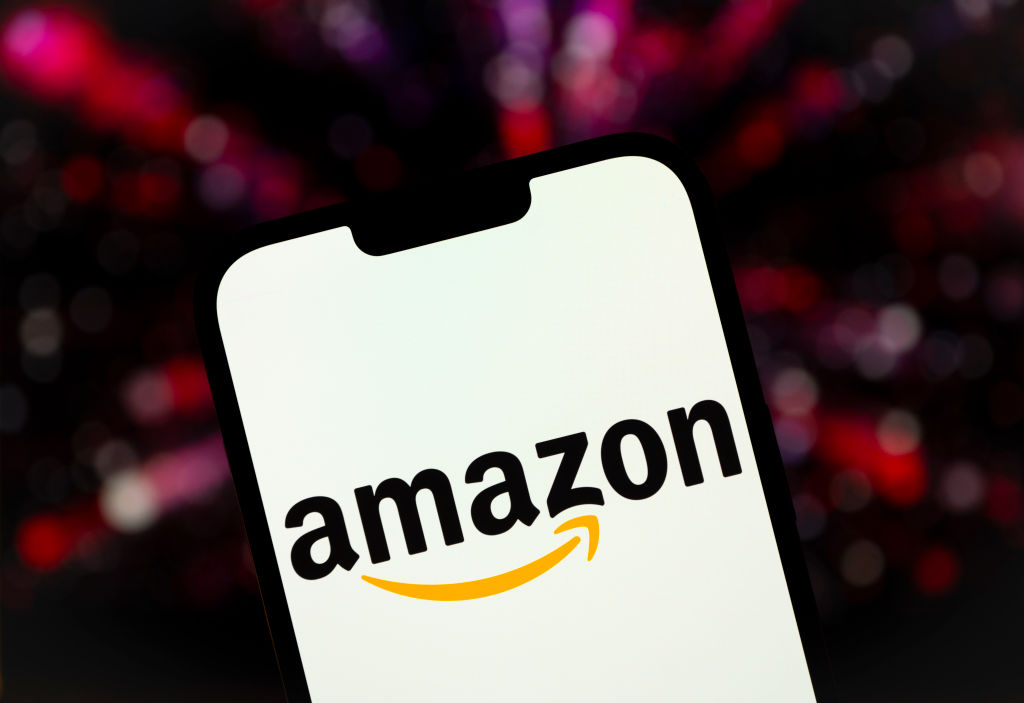
Amazon.com
- Sector: Consumer discretionary
- Market value: $2.51 trillion
- Cash on hand: $97.7 billion
A dealmaker of a very different kind, Amazon.com (AMZN) boasted more than $101 billion in cash on hand at the end of 2024 to make it another cash cow worth watching.
The company has a history of bold additions to build out new arms of its business, from paying roughly $1 billion for streaming platform Twitch in 2014 to acquiring grocer Whole Foods for about $14 billion in 2017. In 2022, it snapped up entertainment icon MGM for almost $9 billion.
Lately, however, the dealmaking has been pretty thin at AMZN after a big $4 billion investment in AI platform Anthropic, which was first announced in 2023.
At the same time, the company's net income continues to grow — as does its impressive cash stockpile.
Regardless, AMZN is a cash cow with plenty of dry powder to make deals — or weather any short-term turbulence in consumer spending.

Alphabet
- Sector: Communication services
- Market value: $3.34 trillion
- Cash on hand: $98.5 billion
Another Big Tech darling, Google parent Alphabet (GOOGL) had "only" $95.7 billion on hand at the end of 2024, down significantly from the previous year's tally of more than $110 billion. The reduction wasn't really because of any big-ticket deals. It was about operational spending, including infrastructure capex related to building out AI functionality.
Don't think that means GOOGL is afraid to spend, however. Earlier this year, Google said it will acquire Wiz, a leading cloud security platform, for $32 billion to bolster its Google Cloud offerings. The Wiz transaction will certainly take a big bite out of the end-of-year tallies, though it's not expected to close until 2026.
But tremendous operational consistency and unrivaled scale make GOOGL one of the most reliable Silicon Valley stocks out there. It still has tens of billions in dry powder.
This is another cash cow with more than enough resources to weather any short-term disruptions and/or make additional deals in the months ahead.
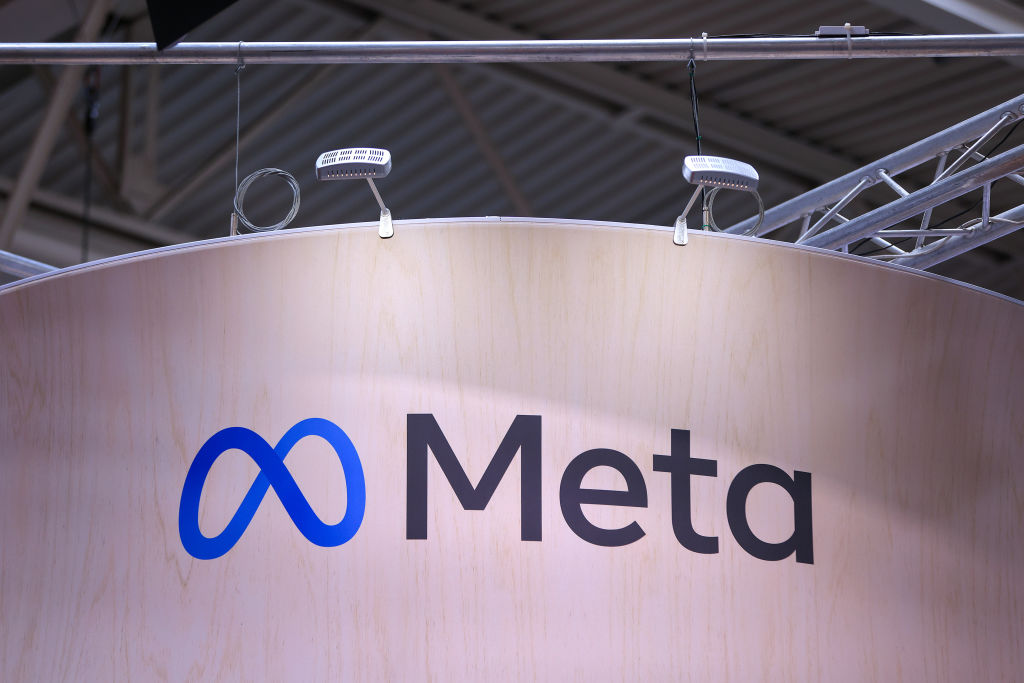
Meta Platforms
- Sector: Communication services
- Market value: $1.54 trillion
- Cash on hand: $44.59 billion
The parent of Facebook and Instagram, among other properties, Meta Platforms (META,) is a lean and tech-savvy communication services stock with deep pockets and a history of aggressive growth via big-ticket deals. Examples of Meta's expansive ambitions include the $19 billion takeover of messaging platform WhatsApp in 2014 and the $1 billion acquisition of Instagram in 2012.
Lately, the pace of deals has slowed, in part because Meta faced antitrust scrutiny for its digital media platforms. On November 18, a judge ruled in Meta's favor, saying it does not have a monopoly in the social networking space.
And because CEO Mark Zuckerberg is running a profitable company without any major purchases to pay for, META's cash pile continues to grow. As of the end of 2024, the firm reported more than $78 billion in cash and equivalents.
That's not to say Meta isn’t doing anything. At the end of last year, it spent $10 billion for a massive AI data center in northeast Louisiana that's powered by dedicated natural gas facilities. And it's announced massive AI spending plans.
The ability to invest heavily in infrastructure such as this and still keep growing its bank account makes Meta a cash cow to watch.
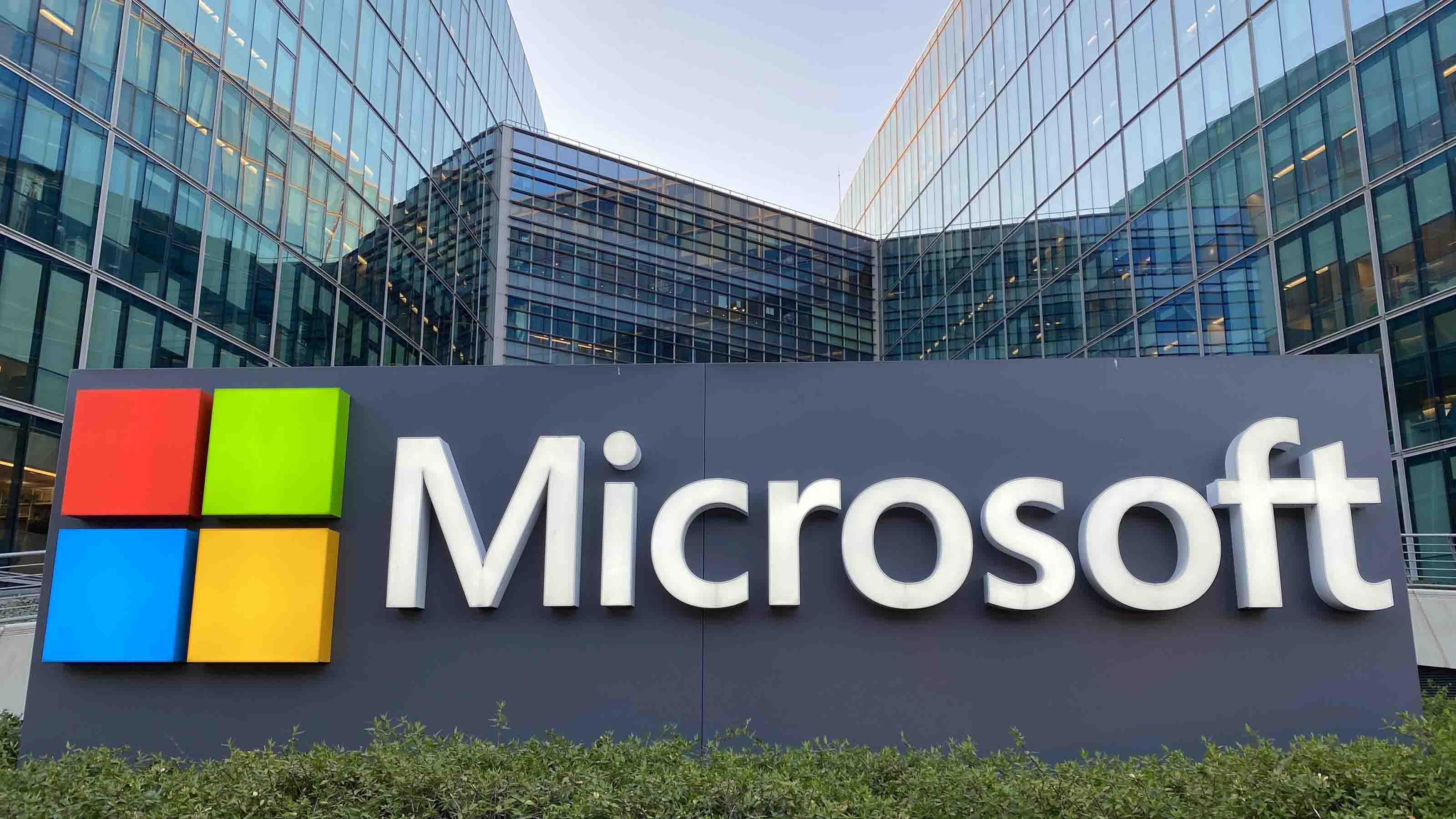
Microsoft
- Sector: Technology
- Market value: $3.79 trillion
- Cash on hand: $102.01 billion
Rounding out the list of cash cows is tech leader Microsoft (MSFT), which has long been a leader in corporate America for its bulletproof balance sheet. It’s one of just two companies in the U.S. that has a tip-top AAA credit rating from Standard & Poor's. (Fellow Dow Jones stock Johnson & Johnson (JNJ) is the other.)
Microsoft has a slightly smaller stack of cash than these other stocks, but Wall Street sees it as even more creditworthy.
It also pays mammoth dividends to shareholders of about $20 billion annually. That's money it can fall back on if things ever get tight.
Its massive war chest has survived a bank-busting merger with software giant Activision Blizzard announced in 2022, which closed at a value of more than $68 billion.
Microsoft's software-as-a-service revenue model, coupled with a world-class portfolio of business tools, makes for reliable cash flow to ensure it will continue to have deep pockets for many years to come.
Related content
Profit and prosper with the best of Kiplinger's advice on investing, taxes, retirement, personal finance and much more. Delivered daily. Enter your email in the box and click Sign Me Up.

Jeff Reeves writes about equity markets and exchange-traded funds for Kiplinger. A veteran journalist with extensive capital markets experience, Jeff has written about Wall Street and investing since 2008. His work has appeared in numerous respected finance outlets, including CNBC, the Fox Business Network, the Wall Street Journal digital network, USA Today and CNN Money.
-
 I'm retired with $2.2 million saved and work 2 retail shifts a week for fun. My young colleague just got her hours cut, and I don't need the money. Should I quit so she can have my shifts?
I'm retired with $2.2 million saved and work 2 retail shifts a week for fun. My young colleague just got her hours cut, and I don't need the money. Should I quit so she can have my shifts?We asked certified financial planners for advice.
-
 Could an Annuity Be Your Retirement Safety Net?
Could an Annuity Be Your Retirement Safety Net?More people are considering annuities to achieve tax-deferred growth and guaranteed income, but deciding if they are right for you depends on these key factors.
-
 Older Taxpayers: Don't Miss This Hefty (Temporary) Tax Break
Older Taxpayers: Don't Miss This Hefty (Temporary) Tax BreakIf you're age 65 or older, you can claim a "bonus" tax deduction of up to $6,000 through 2028 that can be stacked on top of other deductions.
-
 Could an Annuity Be Your Retirement Safety Net? 4 Key Considerations
Could an Annuity Be Your Retirement Safety Net? 4 Key ConsiderationsMore people are considering annuities to achieve tax-deferred growth and guaranteed income, but deciding if they are right for you depends on these key factors.
-
 I'm a Financial Pro: Older Taxpayers Really Won't Want to Miss Out on This Hefty (Temporary) Tax Break
I'm a Financial Pro: Older Taxpayers Really Won't Want to Miss Out on This Hefty (Temporary) Tax BreakIf you're age 65 or older, you can claim a "bonus" tax deduction of up to $6,000 through 2028 that can be stacked on top of other deductions.
-
 JPMorgan's Drop Drags on the Dow: Stock Market Today
JPMorgan's Drop Drags on the Dow: Stock Market TodaySmall-cap stocks outperformed Tuesday on expectations that the Fed will cut interest rates on Wednesday.
-
 Meet the World's Unluckiest — Not to Mention Entitled — Porch Pirate
Meet the World's Unluckiest — Not to Mention Entitled — Porch PirateThis teen swiped a booby-trapped package that showered him with glitter, and then he hurt his wrist while fleeing. This is why no lawyer will represent him.
-
 Smart Business: How Community Engagement Can Help Fuel Growth
Smart Business: How Community Engagement Can Help Fuel GrowthAs a financial professional, you can strengthen your brand while making a difference in your community. See how these pros turned community spirit into growth.
-
 In 2026, the Human Touch Will Be the Differentiator for Financial Advisers
In 2026, the Human Touch Will Be the Differentiator for Financial AdvisersAdvisers who leverage innovative technology to streamline tasks and combat a talent shortage can then prioritize the irreplaceable human touch and empathy.
-
 How Financial Advisers Can Deliver a True Family Office Experience
How Financial Advisers Can Deliver a True Family Office ExperienceThe family office model is no longer just for the ultra-wealthy. Advisory firms will need to ensure they have the talent and the tech to serve their clients.
-
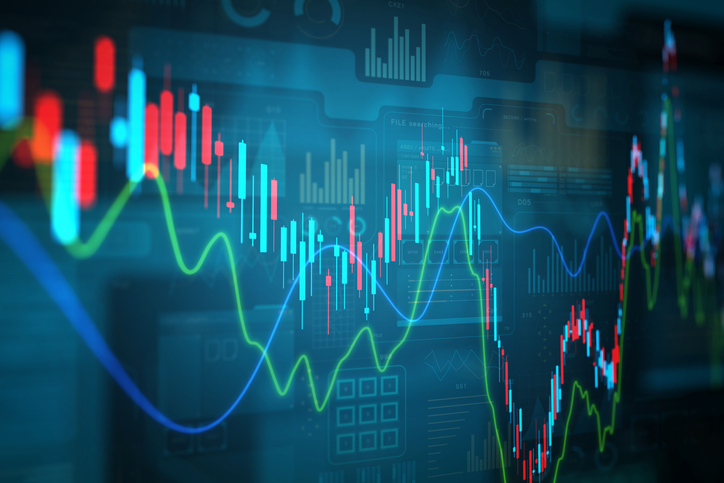 Stocks Slip to Start Fed Week: Stock Market Today
Stocks Slip to Start Fed Week: Stock Market TodayWhile a rate cut is widely expected this week, uncertainty is building around the Fed's future plans for monetary policy.
